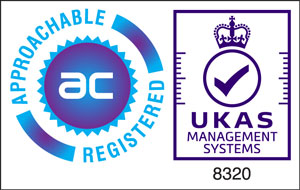- Tailored learning solutions
- +44 (0)1252 810 061
- info@skillset.co.uk
In today’s dynamic business environment, employee development is crucial for organisational growth. Tailored training programmes are the key to improving performance and achieving success.
To create impactful training initiatives, businesses must first understand their unique training needs through a process called training needs analysis (TNA). Through TNA, organisations can identify knowledge gaps, skill deficiencies, and performance expectations, enabling them to design targeted training programmes that align with their goals.
This blog post explores the significance of understanding training needs, the components of a TNA, and how it drives continuous learning and improvement in organisations.
A training needs analysis is a systematic process that assesses the skills, knowledge, and competencies required for employees to perform their roles effectively, and to ensure their skills are relevant for the future. It involves gathering data through surveys, interviews, and observations to identify performance gaps and training requirements.
The TNA process helps organisations prioritise training , allocate resources efficiently, and ensure that programmes are relevant and targeted. By understanding the specific needs of employees, businesses can tailor learning experiences to improve job performance, increase productivity, and create a more skilled workforce.
A TNA is the foundation of an effective training strategy and will serve as a roadmap for continuous development and organisational success.
Conducting a training needs analysis offers numerous advantages for both employees and organisations:
Understanding training needs is a fundamental aspect of creating successful learning and development initiatives. By conducting a training needs analysis, organisations can bridge performance gaps, empower their employees, and achieve business objectives more effectively. Investing in tailored training programmes is an investment in the growth and success of both employees and the entire organisation.
If you need more help and support on conducting a training needs analysis, get in touch with SkillSet today!
SKILLSET LTD
(part of the Latitude 91 Ltd group)
The Square
Basing View
Basingstoke
Hampshire
RG21 4EB
Tel: +44(0)1252 810 061
E: info@skillset.co.uk
©2025 SkillSet Ltd

